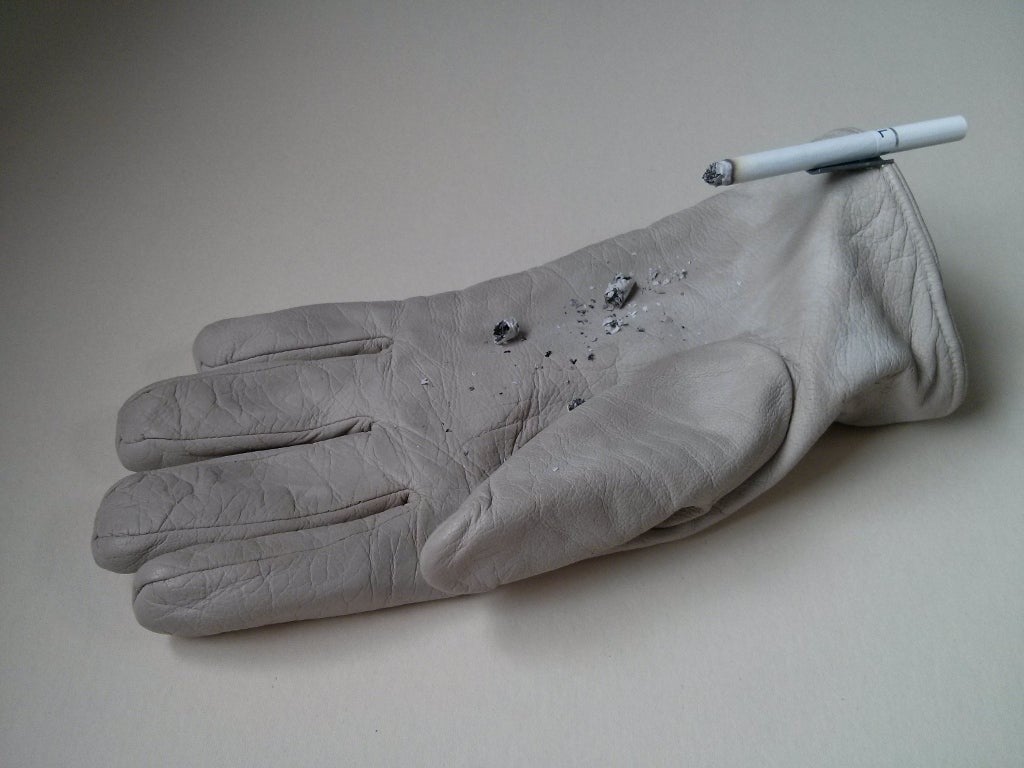XHILARATION

A solo show of Liz Magor.
Liz Magor
Xhilaration
5.09. – 26.10.2019
Someone asked me once a simple question an absurdly simple question and I gave an absurdly simple answer ‘‘what’s an artist’’ he asked and I said ‘‘somebody who does the best he can’’ by now I’ve said this so many times I’ve begun to believe it because when you think about it there are very few people in this world that do the best they can. David Antin, I never knew what time it was. Berkeley: University of California Press, 2005, p.49
I love swimming. I have no skills, but I swim for a long time, preferably in the open-air. My favourite moment is when the sun hides giving way to the ‘‘white’’ tranquility — this tranquility that produces no sparkling, no distraction and that takes me back to the infinite smoothness of water. Those days, I have more endurance and the inertia fluidifies not only the movements of the body but thinking itself, leading it here and there. First towards the animal world — thinking watches out for reality, it lands on its different dimensions like a bird. Then comes the moment when it draws its sources from different temporalities, according to the human mind, ending up getting attached to an overall organisation that thinking deciphers, this time, without great effort. In such moments, I think about works of art and I change my already very privileged position as a spectator as I can touch them. I am no longer in front of them, but with them, within their deep interiority, wherein the artist’s desire, the constraints of materials and a shared reverie merge.
In the midst of water (in water, one is always in the midst), I am often with artworks. Lately, it is with the works of Liz Magor — which are at once supporting and supported— that my session experienced a small excess of dazzlement. Since I discovered this work in 2013, I have always felt well next to these castings of cardboard boxes, playing the part of ‘sculptures from underneath’ for ‘exhibited’ objects, which are most often commercially produced and specific in materialising the artist’s ongoing journeys between her studio and the world. These handmade boxes (that a couple of frantic minimalists would like to contemplate alone) create connections with unlikely relics (synthetic bestiaries, taxidermy birds, clothes, magazines, etc) whose value is above all affective. Their display enables a transfer of affection, a way of contaminating all those who never have time to come close to a work of art. Liz Magor’s sculptures are not about image-making. If one accepts to be confronted to them, then one is prepared to try and remember that the object always recounts a gap which is simultaneously materialised and concealed.
These sculptures lead us to comical and funerary visions generated by subtle chains (notto say assemblies) — among which one of the most remarkable is, in my view, Drinksaround the world (2017), a sculpture that defies gravity with humour. Here, a stuffed dogflexibly adopts the slightly battered shape of box that is almost matching. Its veryelongated, fore limbs are hanging in the air, not limply but thoughtfully since theyare holding — thanks to the welding of invisible velcro placed at the end of the paddedhands —, a plastic bag that is cautiously filled with alcohol miniatures. Swimming allowsme to better feel this vision as I regularly stretch out my arms. I think about the momentwhen the hand finds a stowing opportunity, while the rest of the body floats, carried bythe current created by the swimming pool’s filtering system and, more likely, by thefeeling that one needs a good enough reason to get out. That’s exactly it — an equilibriumthat is endlessly extended, the equilibrium of masses or a mime game to narrate a visionof the world unified through dependence.
Liz’s personal museum already has its boxes and they are numerous. Many of them playwith transparency effects unlike the castings made from polymerised gypsum that I likevery much for their carved rock aspect or polychrome stele with striking iridescent effects.It has been clear to me since the start that this work shares the same taste for funerarybanquets as ancient Egypt. Liz’s pieces do not fight against time, they translate peacefulaffects and explore the separation of things yet with a possible link. I also believe in thislink. And when I look at the alignment of unpacked boxes, sorts of « Time Capsules » withmultiple identities, containing clothes (or shoes, like Xhilaration, 2019) or rather oneshould say in the language of fashion, silhouettes, I see in them generations that time hasnot separated. I imagine the outfit that I could wear or that is already awaiting me, as wellas that of my friends.
Meanwhile, I don’t forget that I am swimming in a box without aclock nearby.CB(translation : Callisto McNulty)Liz Magor was born in 1948. She lives in Vancouver (Canada). An important artist of theCanadian scene, she participated to a number of group shows at the Vancouver ArtGallery, National Art Gallery in Ottawa, Seattle Art Museum, Wattis Institute, toDocumenta 8 and to the Venice Biennale. Triangle Marseille reintroduced her work toEurope in 2013 (cur. Céline Kopp) and in 2017, her retrospective which was initiated byMusée d’Art Contemporain in Montreal toured at Migros Museum Zurich, Kunstverein inHamburg and MAMAC in Nice. She was a resident at DAAD in Berlin in 2017-2018. This year, her solo-show, BLOWOUT, was presented at the The Renaissance Society, Chicagoand at the Carpenter Center for the Visual Arts, Cambridge.
The publication BLOWOUT will be released on September 28 that the galleryat the occasion of Marcelle Alix’s Salon #5.
Special thanks to: Léna Ortiz, Solveig Øvstebø and Dan Byers. A heartfelt welcome to Manon Burg!
Marcelle Alix represents: Mathieu K. Abonnenc, Pauline Boudry/Renate Lorenz,Marie Cool Fabio Balducci, Aurélien Froment, Lola Gonzàlez,Louise Hervé & Chloé Maillet, Ian Kiaer, Laura Lamiel, Liz Magor,Charlotte Moth, Gyan Panchal, Jean-Charles de Quillacq, Ernesto Sartori,Marie Voignier.